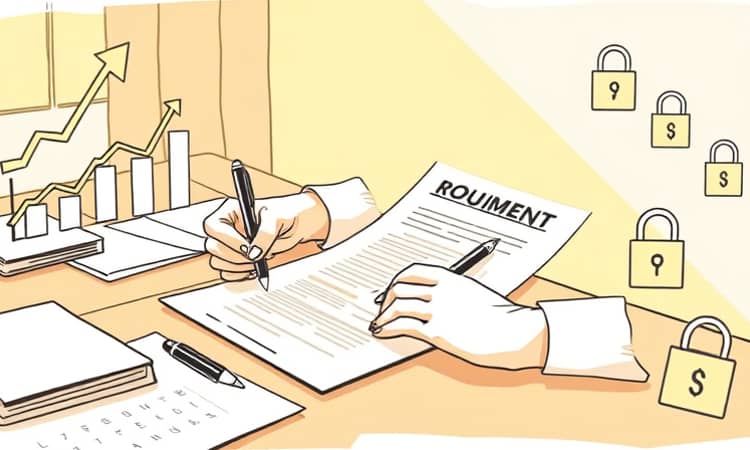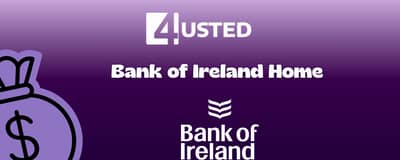Every personal loan tells a story of hope, ambition, and responsibility. Whether you seek funds for education, home improvements, or unexpected expenses, your loan agreement is the roadmap to success. Taking time to understand each clause ensures you remain in control and avoid future pitfalls.
Defining Your Loan’s Blueprint
A personal loan agreement is a legally binding contract that lays out the responsibilities of both borrower and lender. It functions as a protective shield, clearly outlining the rules for borrowing and repayment. By detailing every aspect of the arrangement, it prevents misunderstandings and preserves trust.
Identifying Parties and Key Dates
At its core, your agreement names everyone involved. This includes:
- Lender’s full legal name and address
- Borrower’s legal details, sometimes including identifiers
- Any co-signers or guarantors, with their contact information
Crucial dates follow: the date of execution, when the loan funds are disbursed, and when your repayment schedule begins. Accurate dates ensure you know exactly when obligations start and reduce the risk of missed deadlines.
Understanding Principal, Interest, and Fees
The loan amount (principal) is the sum you receive. The cost of borrowing is expressed as an annual percentage rate (APR), which may be fixed or variable. This rate often incorporates other charges such as origination fees, creating a single percentage that reflects your true cost.
Understanding typical ranges empowers you to negotiate wisely:
Crafting Your Repayment Plan
A clear repayment schedule spells out how and when you’ll pay back the debt. Most agreements include:
- Frequency of payments (monthly, bi-weekly, or weekly)
- Exact payment amounts and due dates
- Total loan term, in months or years
Methods can range from checks to direct debit or electronic transfers. Some contracts allow repayment on demand or at term—though installment plans remain most common for larger sums.
Securing the Loan with Collateral
Not all personal loans require collateral, but secured agreements provide extra assurance for lenders. Collateral might include:
- Vehicles, real estate, or valuable assets
- Investment portfolios or savings accounts
If you default, the lender can seize the pledged asset. Understanding exactly what you risk preserves your peace of mind and prevents surprises.
Handling Penalties and Default Provisions
Late payments or missed deadlines can trigger penalties. Common consequences include late fees, higher interest rates, and acceleration of debt—where the full balance becomes due immediately. Default provisions outline legal actions a lender may take, such as collections or asset seizure. Some agreements also impose prepayment penalties, discouraging you from paying off early unless you’re prepared for extra charges.
Navigating Dispute Resolution and Governing Law
Your agreement will specify a governing jurisdiction. This governing jurisdiction’s laws determine how disputes are handled. Many contracts favor mediation or arbitration before allowing court action. Understanding your rights under these clauses helps you prepare if conflict arises and ensures you choose a state or province that offers fair consumer protections.
Other Essential Legal Clauses
Key clauses you shouldn’t overlook include:
- Severability clause: Keeps the rest of the contract valid if part is unenforceable
- Entire agreement clause: Confirms no external documents alter the deal
- Amendment clause: Explains how to make changes, usually in writing
These provisions guard against hidden terms and ensure you can modify the contract with mutual consent.
Finalizing the Agreement with Signatures
No loan is official until stamped by signatures. Both lender and borrower must sign and date the document. Co-signers and witnesses may also sign, solidifying everyone’s commitment and making the contract fully enforceable.
Practical Tips for Borrowers
Before you sign on the dotted line, consider these strategies:
Review every clause carefully. Even small fees add up over time. If language feels confusing, seek help from a financial advisor or attorney.
Negotiate better terms. If your credit score is strong, use it to push for a lower APR or waive origination fees.
Plan for emergencies. Ask about hardship provisions or temporary forbearance options.
Keep accurate records. Maintain copies of all documents, receipts, and communications to prevent disputes.
Additional Considerations
Some lenders ask for a declaration of purpose. Disclosing how you plan to use funds can influence approval and pricing. Also, be aware of tax implications on interest when borrowing from friends or family—undercharging interest rates can trigger scrutiny from tax authorities.
If you anticipate changes—such as revised repayment timelines—ensure the amendment clause allows flexible modifications. Always request written confirmation for any change agreed upon verbally.
Armed with knowledge, you can approach your personal loan agreement with confidence. This document is more than paperwork: it’s your guide to financial responsibility and a brighter future. Take the time to understand each provision, and transform what might seem intimidating into a powerful tool for personal growth.














